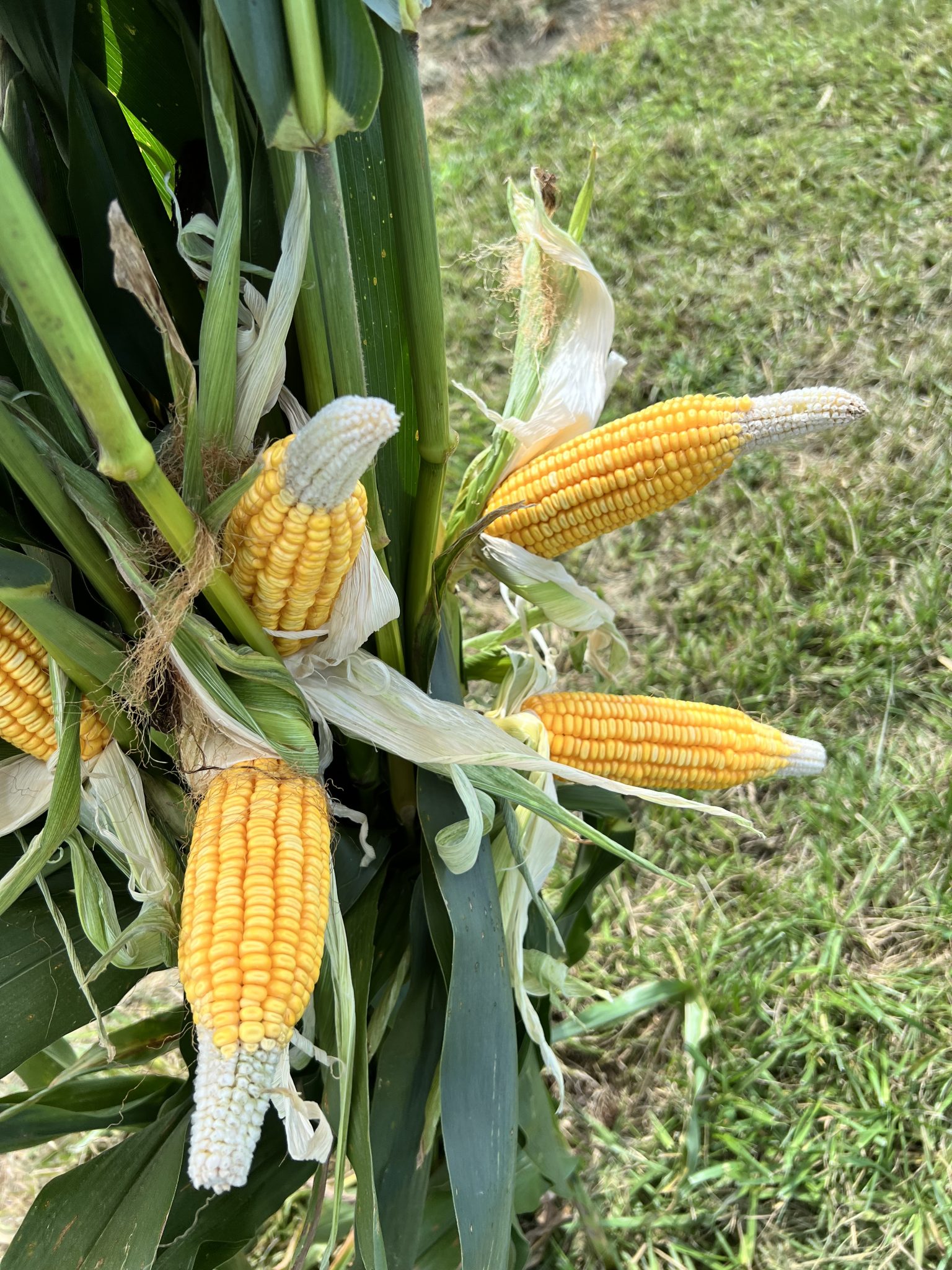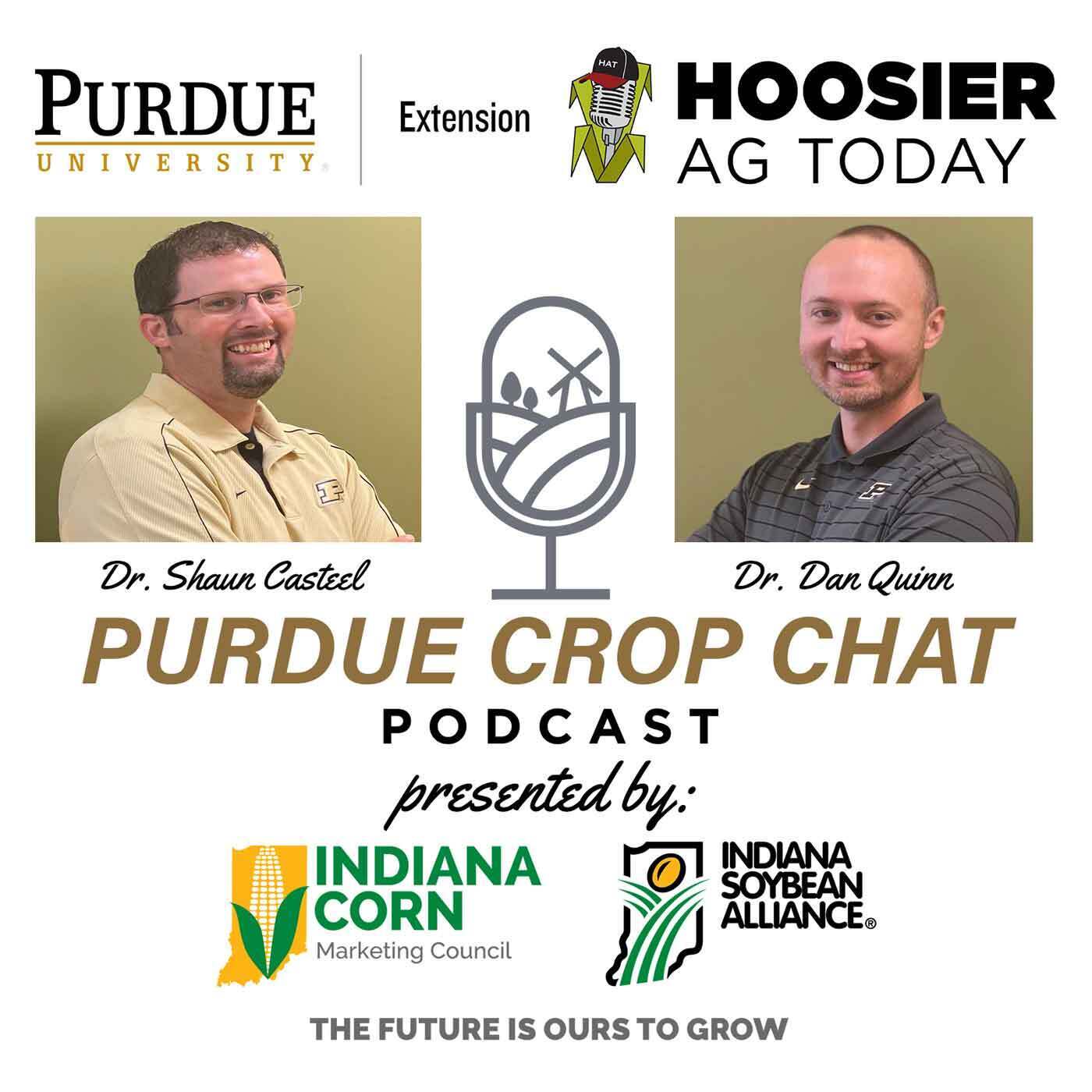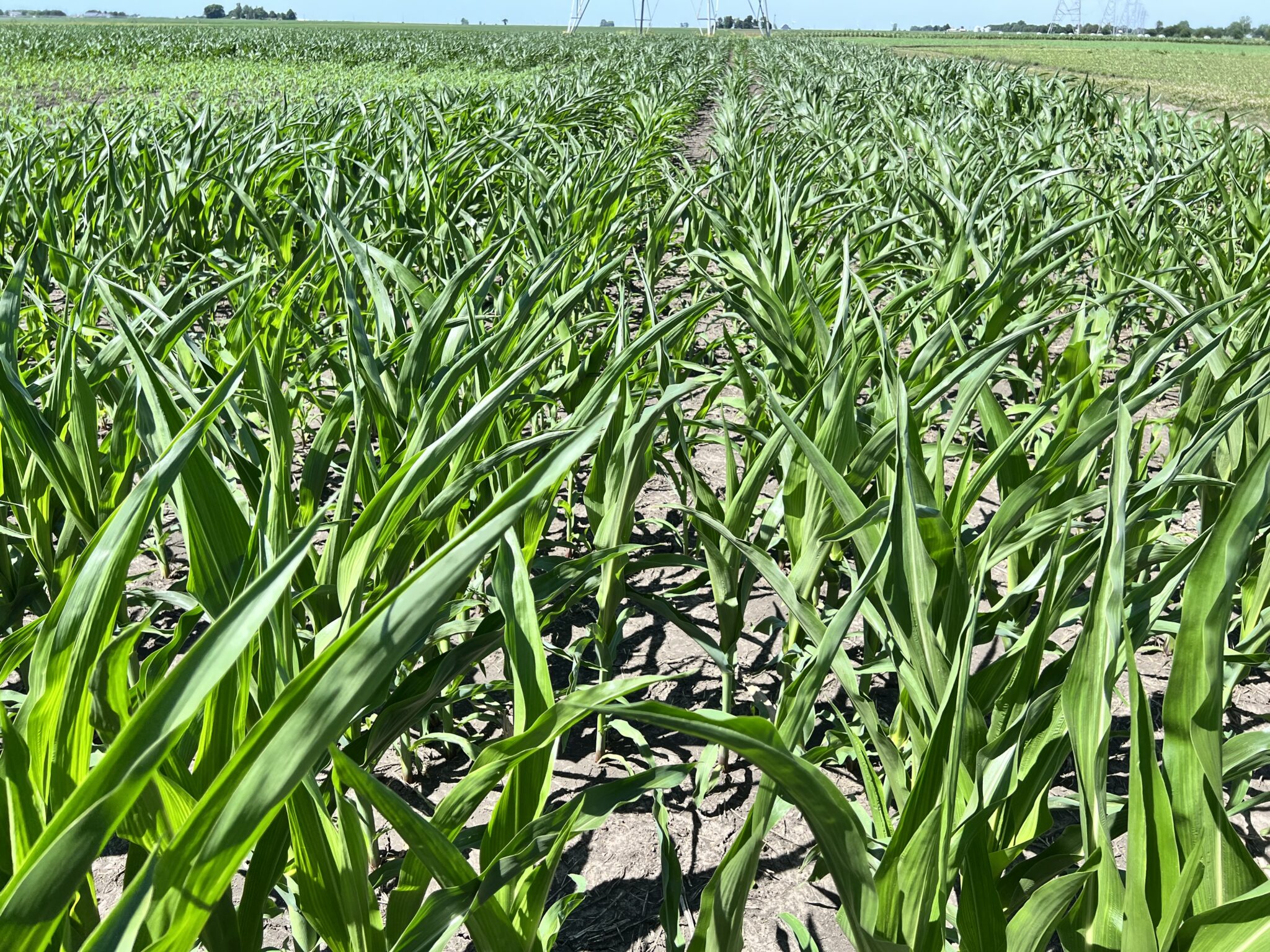
Although yield is always at the forefront of many corn farmers and agronomists’ minds during harvest, another important discussion topic each fall is that of grain test weight.


Although yield is always at the forefront of many corn farmers and agronomists’ minds during harvest, another important discussion topic each fall is that of grain test weight.

Each year as corn harvest approaches and the anticipation for finally being able to get behind the wheel of the combine heighten, it is not uncommon to find work benches, dinner tables, and agronomist office desks full of corn ears.

On this episode of the Purdue Crop Chat Podcast, Purdue Extension Soybean Specialist Shaun Casteel and Corn Specialist Dan Quinn welcome Indiana State Climatologist Beth Hall to discuss the weather extremes farmers have faced and might continue to face this season.

On this episode, Shaun and Dan discuss current crop conditions and concerns they have moving forward.
This web page offers a compilation of drought and heat stress-related articles and resources below specific to field crop production written by crop experts from around the U.S. corn belt.

Thanks for listening to Purdue Crop Chat, a regular podcast from Hoosier Ag Today and the Purdue University Extension Service, featuring Purdue Extension soybean specialist Dr. Shaun Casteel and Extension Corn Specialist Dr. Dan Quinn.

Max air temperatures for central and southern Indiana averaged 89- and 90-degrees F, respectively for the week of June 12th, 2022 which measured 10% above the 30-year average. In addition, air temperatures of 96-degrees F and above were observed during the week and record max air temperatures for this point in the season were observed in multiple locations across Indiana. Unfortunately, similar high temperatures are expected for the week of June 20th, combined with minimal chances for precipitation. Therefore, as high temperatures continue to persist and soils begin to dry out, this begs the question of what will happen to the corn crop? And, should I be concerned? The good news is that corn originated from a tropical grass and has been observed to withstand temperatures upwards of 112-degrees F for short periods, with plant growth typically decreasing when temperatures exceed 95-degrees F (Thomison, 2016). Therefore, temperatures in the[Read More…]

Due to its relatively recent U.S. discovery and its ability to cause significant production and economic losses, tar spot is often a topic of angst and anxiety amongst corn farmers and agronomists in Indiana.

Thanks for listening to Purdue Crop Chat, a regular podcast from Hoosier Ag Today and the Purdue University Extension Service, featuring Purdue Extension soybean specialist Dr. Shaun Casteel and Extension Corn Specialist Dr. Dan Quinn.

Thanks for listening to Purdue Crop Chat, a regular podcast from Hoosier Ag Today and the Purdue University Extension Service, featuring Purdue Extension soybean specialist Dr. Shaun Casteel and Extension Corn Specialist Dr. Dan Quinn.
© 2024 Purdue University | An equal access/equal opportunity university | Copyright Complaints | Maintained by Pest&Crop newsletter
If you have trouble accessing this page because of a disability, please contact Pest&Crop newsletter at luck@purdue.edu.